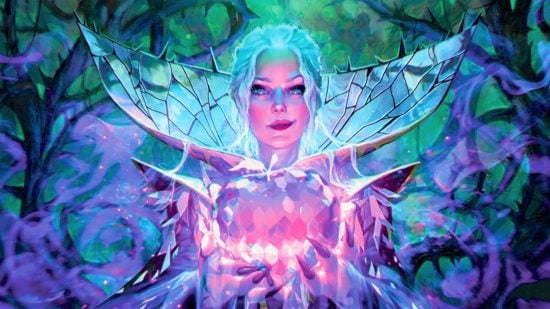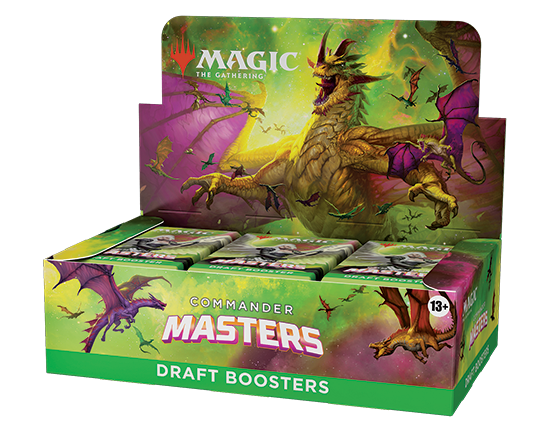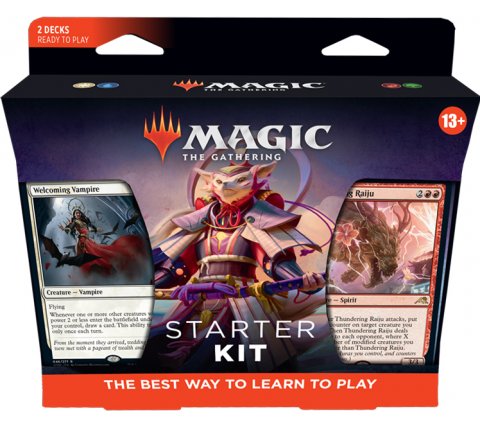Great Advice To Picking Sets In MTG
Wiki Article
What's The Objective Of The Mtg Magic The Gathering Creature Card? Pros And Cons?
The creatures represented by the cards are the basis of Magic: The Gathering's game. Players can summon creatures to battle their foes. Here is a list of pros and cons.
Combat Abilities: Creatures are able to ward off and attack oncoming attacks. They have many capabilities that affect the game. These include flying (cannot be blocked, except for creatures with reach or flying) or damaging tramples (the defense player takes extra damage) or lifelink.
Different abilities- Many creatures have special abilities that range from creating tokens to destroying other creatures, drawing cards, and even altering the rules of the game.
Highly effective win conditions- Some creatures are incredibly powerful and can serve as win conditions by themselves and allow players to win if they remain in the field for long enough.
Synergies- Creatures can interact with other card types, like enchantments, artifacts or sorceries and create synergistic combinations which can result in strong effects or strategies.
Cons-
Vulnerability. Creatures are vulnerable to the removal spells. They can be eliminated from battle with spells such as "Destroy Targeted Creature" or "Deal Damage To The Target Creature".
Resource Cost - Some powerful characters require huge amounts of resources (mana) that make them slower and more vulnerable to attacks in the early stages of game.
Dependence on Other Card- Some creatures will be less efficient without the assistance of additional cards. Their abilities might be contingent on the fulfillment of certain conditions or require additional cards to achieve their full potential.
Ability Limitations - While a lot of creatures are powerful however, some creatures may be limited in their versatility or possess abilities that aren't useful in specific situations, which makes them less impactful in some games.
In gameplay, creature are a key element in the establishment of a board presence. They allow attacks or defend opponents, and frequently help in the overall game plan of the player or winning condition. Their strengths and weaknesses are heavily dependent on the ability of the card, the cost of mana, and the strategy of the deck. Follow the top rated trading cards for more recommendations including magic cards, magic the gathering cards, foil cards, magic cards shops, mtg value, magic the gathering trading cards value, sell mtg cards, magic the gathering cards search, cards for sell, the gathering mtg and more.

What Are The Magic The Gathering Artifact Cards Utilized To Do? What Are The Pros And Cons?
Artifact cards in Magic: The Gathering are non-creature, non-land-based cards that are a representation of various magical objects, devices or even structures. They are often equipped with unique capabilities or special features. The pros and cons of these devices.
Multi-purpose- Artifacts have a wide range of effects, ranging from providing mana and boosting creatures, to drawing cards and controlling the board or even as win conditions. Their versatility lets them be used in a variety of decks strategies.
Persistent effects- Once they are placed in the field, the objects remain until removed. They can provide ongoing benefits or affects that impact the game over the course of the game.
Colorless-Many artifacts require no specific mana color to be cast or using. They can be utilized in decks that have different colors of mana without having to worry about consistency.
Synergies. Artifacts are great combination with other types of cards such as creatures, enchantments and spells. These cards can produce powerful interactions, and even combos, that improve the overall strategy of a player.
Cons-
Artifacts are vulnerable to attack. This can be destroyed or targeted through spells, effects, or any other cards that are in contact with artifacts. Cards that are made to work with artifacts will also be able to neutralize or destroy the objects.
Resource Cost- Some of the most powerful artifacts are expensive to cast which makes them difficult to cast in the early game. This can make a person's strategy slower or more vulnerable.
Artifact Removal - Certain strategies or players may focus on the removal of artifacts, making them less effective or removing their value entirely.
Dependence on other cards- Some artifacts may require support from other cards to achieve their full potential, and their performance may be hampered in the absence of the support they require.
Artifacts play an important role in the building of strategies and decks. Their unique effects can help to enhance various strategies. Furthermore, the possibility to be incorporated into a variety of archetypes of decks makes them an essential component in several Magic: The Gathering Decks. The possibility of their removal and their possible dependence on other cards must be considered when creating a Deck around them. See the top the gathering mtg for website advice including buy sell trading, magic card store, top magic cards, magic set, magic cards shops, magic tcg prices, magic the gathering buy, mtg card lot, magic card store, sell magic the gathering cards and more.

What Do You Think Of Magic: The Gathering Deck Construction Do? What Are The Pros?
Deck construction in Magic: The Gathering involves making a set of cards to form a cohesive and effective strategy to compete against opponents. Here are the pros and cons-
Customization - Players can design decks tailored to their style of play, strategy, and preferences. This enables a high degree of individualization and creativity when playing.
Strategic Depth: Deck design is an essential aspect of games. To build effective and efficient decks, you need to think strategically, be aware of the synergies between cards, as well as the meta.
The ability to adapt - Players can alter their decks according to the changing metagame and make adjustments to combat popular strategies or adapt to new challenges.
Deck Building allows players to express themselves through themes, card choices, and deck design.
Cons-
Resource Limitation: Users are restricted to the cards they possess or have access to. Sometimes, the acquisition of specific cards to build a deck can be costly or requires significant exchange and purchasing.
Balance Challenges: Building an agile, balanced deck that is able to adapt to various scenarios and strategies can be a problem. A deck that is too concentrated in a single direction could face problems with certain types of matchups.
The complexity of deck construction for Beginners The deck-building process can be confusing due the sheer number of cards as well as the complexities of creating a well-integrated deck.
Meta Dependency: Building decks that are based only on the current meta-state could lead to predictability or a lack of creativity. The players may be influenced by the most recent trends, but not explore unique strategies.
Deck building is a very satisfying and vital aspect of Magic: The Gathering. It allows players to showcase their creativity as well as their skill and thought. The game offers a lot of personalization, flexibility and challenges. Many players find the challenge of creating a deck is an exciting aspect of the game. See the recommended mtg card value for site info including buy magic cards, magic tcg sets, magic the gathering trading cards value, mtg cards, mtg price, magic tcg prices, sold cards, wildcard card, mtg collection, best magic the gathering cards and more.
